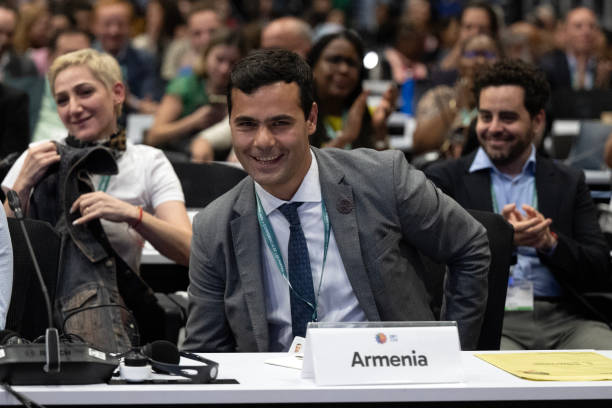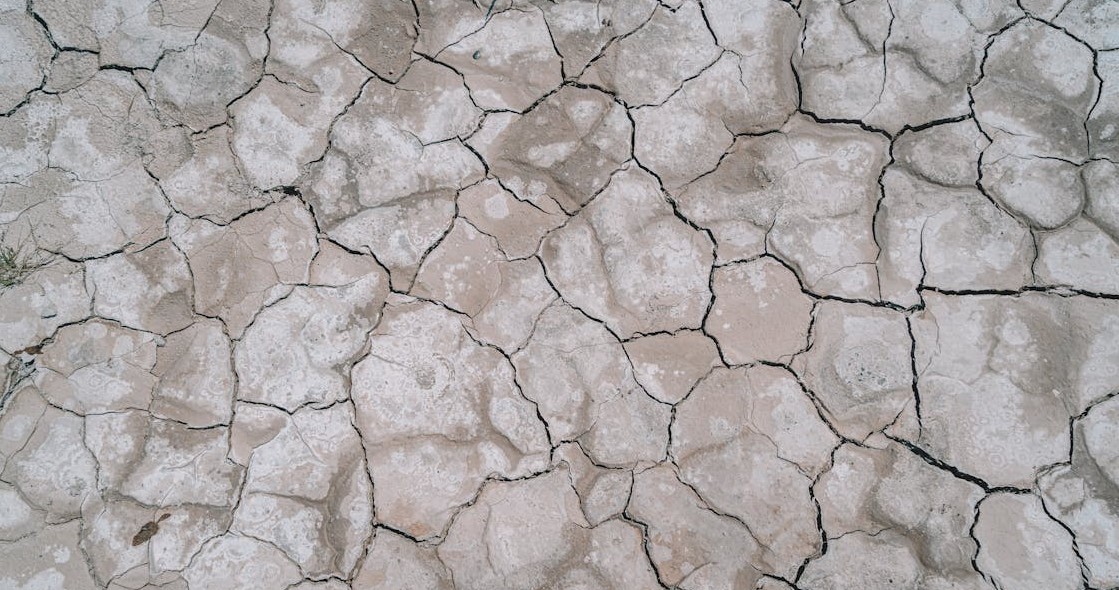In recent years, global environmental crises have reached unprecedented levels, with catastrophic consequences visible across continents.
Fires have ravaged vast areas of the Amazon rainforest and Brazil’s wetlands, while Spain grapples with deadly flooding that has claimed over 200 lives.
Meanwhile, in the boreal forests of Siberia, Scandinavia, Alaska, and Canada, carbon sinks are collapsing under the combined strain of drought, deforestation, and wildfire.
This alarming trend is not just a regional issue but a global one, exacerbating the effects of climate change and highlighting the urgent need for integrated solutions.
At the recently concluded Cop16 biodiversity summit in Colombia, world leaders emphasized the interconnectedness of climate change and biodiversity.
For too long, these issues were treated as separate crises, but it has become increasingly clear that the destruction of nature and the rising levels of greenhouse gas emissions are deeply intertwined.

As Colombia’s environment minister Susana Muhamad stated, climate change and biodiversity loss are “two sides of the same coin,” underscoring the need for simultaneous action to address both.
Countries like Brazil and the Democratic Republic of Congo (DRC), home to vital rainforests, have called for greater recognition of the role these ecosystems play in regulating the global climate.
The Amazon and Congo Basin act as crucial carbon sinks, absorbing vast amounts of CO2. However, with deforestation continuing at alarming rates, their ability to mitigate climate change is rapidly diminishing.
Brazil’s environment minister, Marina Silva, highlighted the urgent need for more financial support for forested countries to protect these vital resources.
The summit also underscored the global importance of forested nations. As noted by Sierra Leone’s environment minister, Jiwoh Abdulai, countries that host critical forests play a key role in mitigating the effects of climate breakdown.
The loss of these natural ecosystems not only threatens local communities but also undermines global climate goals, making the need for a unified approach to climate and biodiversity protection more urgent than ever.

